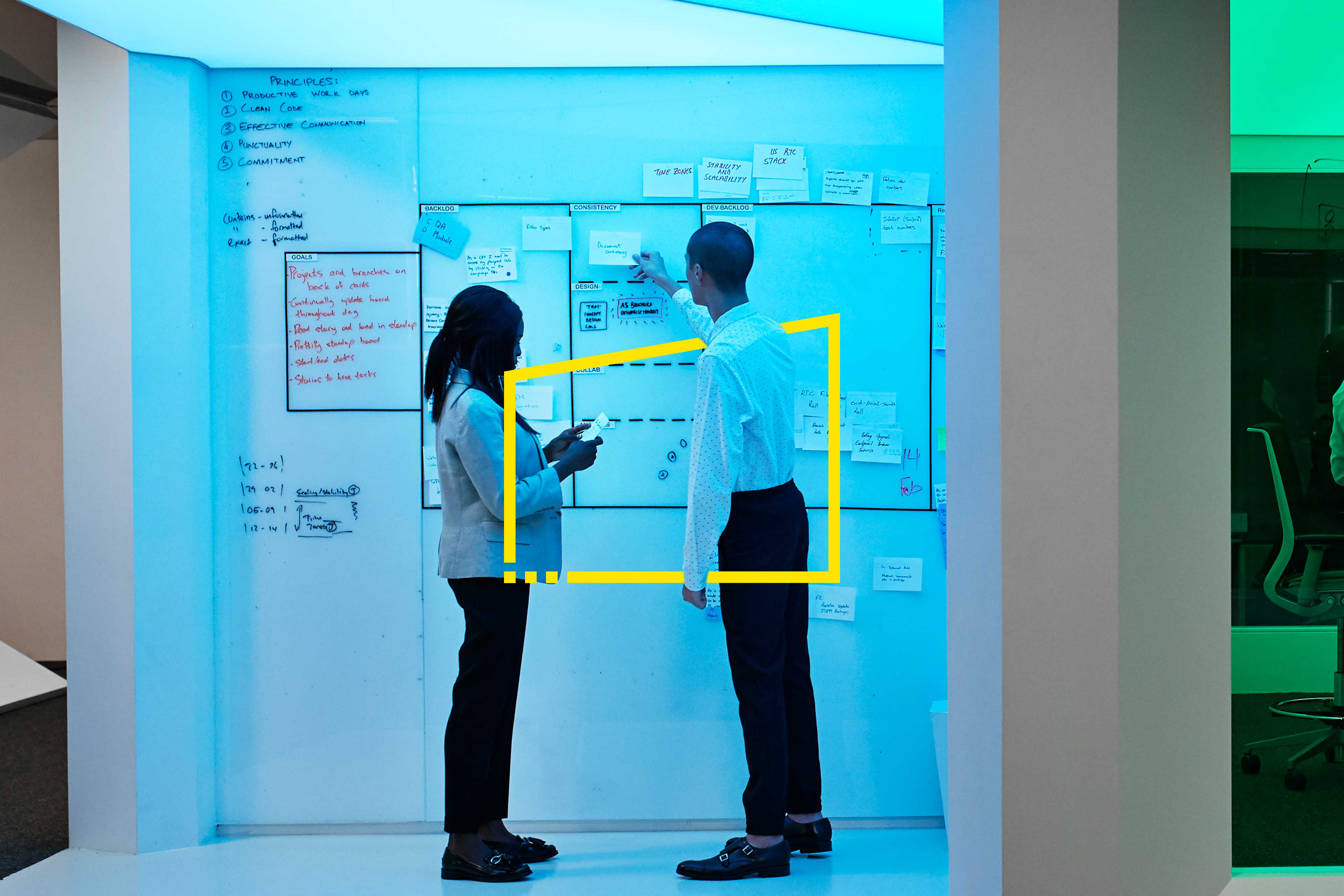Drawing parallels: early internet’s trajectory and the metaverse
From the heady days of early internet adoption to the initial excitement surrounding the internet in the 1990s, the trajectory is a familiar one. The initial surge of promise is often followed by a period of recalibration — a time when unrealistic dreams encounter the reality of technological constraints.
In the late 20th century, the internet emerged as a transformative force with the potential to reshape communication, commerce and society at large. Media outlets hailed the internet as a revolutionary concept that would usher in an era of boundless possibilities.
The “dot-com bubble” of the late ‘90s further magnified the hype, leading to inflated expectations and unsustainable business models. When the bubble burst, it resulted in a wave of skepticism, with many doubting the internet’s long-term viability. After the dot-com bubble burst, Jeffrey Cole, director of the Center for the Digital Future at USC Annenberg, said that “in spite of the bubble burst, a failure of the internet could not be farther from the truth.”4
The gradual spread of broadband internet, improved user interfaces, and the rise of Web2 technologies and mobile devices breathed new life into the digital landscape with the advent of social media platforms, online marketplaces and interactive applications rejuvenating interest in the internet.
This historical perspective sheds light on the metaverse’s current trajectory. Just as the early internet faced periods of unrealistic dreams and subsequent recalibration, the metaverse is navigating a similar path at the moment. The evolution of AI and natural language processing serves as a testament that transformative technologies often mature over extended periods. As Greg Kahn of GK Digital Ventures notes in a recent interview with Venture Beat “The metaverse will take more time. After all, we’ve been talking about AI and natural language processing for over a decade now. So [ChatGPT] is not quite an overnight success.”5 Ironically, most metaverse thought leaders were predicting that the technology would take at least a decade to mature, perhaps attempting to moderate (with limited success) the often “irrational exuberance” observed at the peak of metaverse fever.
Furthermore, industry leaders like Jeetu Patel, EVP and GM of Security and Collaboration at Cisco, propose a shift in perspective: Rather than viewing the metaverse solely as a virtual universe for people to congregate in, the focus should shift to how metaverse technologies can be harnessed for critical use cases, enhancing immersive experiences for both consumers and businesses.6
In essence, the parallels between the early internet’s trajectory and the current state of the metaverse underline a universal truth: technological innovation is marked by phases of exuberance and recalibration before maturing into wide adoption. Understanding these patterns allows us to approach the metaverse with a sense of realism, appreciating its potential while acknowledging the need for time, refinement and meaningful applications to truly shape our digital future.
Optimizing immersive solutions: a strategic perspective
In this ever-evolving realm of immersive experiences, a discerning approach is paramount. Firms should evaluate each technology and concept with a keen eye, always mindful of how they align with their unique goals and requirements. For instance, while headsets are not obligatory, they can notably enhance the immersive quality of the experience for specific use cases. Similarly, avatars, while not essential, have the potential to elevate shared experiences by infusing them with a sense of presence and identity.
The trajectory of the metaverse, akin to the early days of the internet, reveals a familiar pattern of initial fervor followed by a phase of recalibration as technology confronts reality. Although this initial euphoria has been tempered by practical challenges, such as technological limitations, privacy concerns and hardware issues, there are promising signs for the metaverse’s long-term viability, with notable investments and steady advancements in enabling technologies. Recent market activities, like OpenAI’s acquisition and innovations in AI and robotics, suggest a future where users can easily generate immersive experiences and seamlessly exist in multiple locations. Additionally, the industrial metaverse, powered by AR, VR, CAD and IoT, is enhancing efficiency and safety across industries. Drawing parallels with the early internet’s trajectory reminds us that transformative technologies take time to mature.
Conclusion
A more pragmatic view of the metaverse as a set of technologies that can combine to create new digital experiences in industrial, social and enterprise spaces will allow companies to experiment and make progress without the requirements for massive projects with questionable ROI. Focusing on how the technologies of GenAI, AR/VR and Web3 can elevate experiences will provide an incremental platform to add value.
Yoon Sung, Associate, Financial Services, Ernst & Young LLP and Isabella James, Associate, Financial Services, Ernst & Young LLP contributed to this article.






